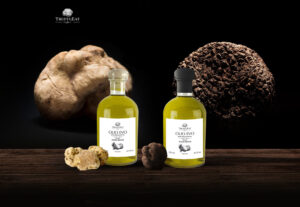
Shrieks of ‘oh my gosh’ and ‘…security?’ could be heard coming from concerned onlookers in room 43 at the Trafalgar Square institution following the 11am incident. After the ‘grand chuck’, the young women proceeded to glue their hands to the area of wall below the painting, while outpouring their anguish and anger at cameras.
‘What is worth more, art or life?’ Plummer asked the camera, ‘Is it worth more than food? More than justice? Are you more concerned about the protection of a painting or the protection of our planet and people? The cost of living crisis is part of the cost of oil crisis, fuel is unaffordable to millions of cold, hungry families. They can’t even afford to heat a tin of soup’.
The Just Stop Oil initiative is a coalition working together to ensure the Government commits to halting the production of fossil fuels. For the past two weeks, the group has been staging sit-down protests on roads around central London, escalating their movement with this tactic.
A Just Stop Oil activist is arrested after Van Gogh’s sunflowers had soup thrown on it at the National Portrait Gallery
Martin Pope/Getty Images
But why would you choose to destroy a Van Gogh painting (apart from the obvious reason of it being as famous as the Mona Lisa) if you wanted to address issues of poverty? The artist is well known for his own struggles with hunger and money issues. Indeed, Van Gogh often traded work with other artists, in exchange for food or drawing and painting supplies.
Surely it would have been more effective (and symbolic) to pull focus to an artist whose very existence represents a disproportion of wealth? Take Michelangelo for example, the decadent Renaissance painter renowned for his ‘stinginess’, who was much richer than his rivals and may have been one of the wealthiest artists in history. It hardly seems fair to ‘Gogh for Gogh’ considering he could hardly eat himself.
The painting is one of seven Sunflowers works Van Gogh created in 1888 and 89, five of which are on display in galleries and museums across the world. The artist apparently created them to decorate his house in Arles in southern France, before a visit from his friend, fellow artist Paul Gauguin.

